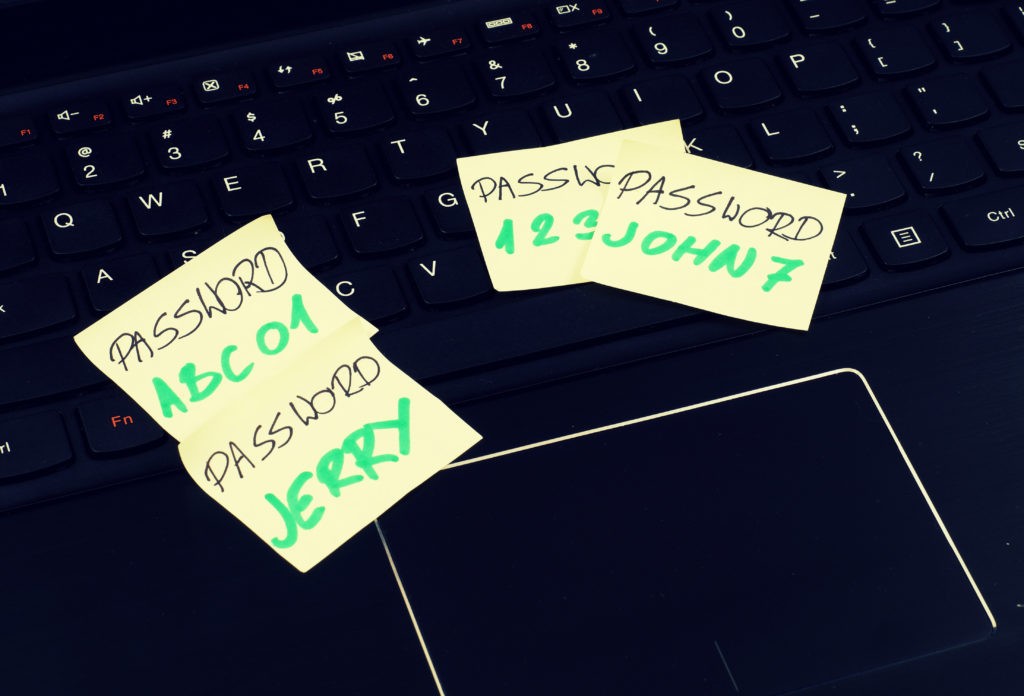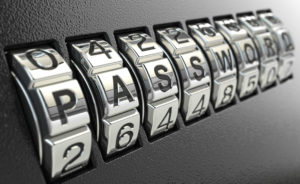Organizing authentication using an automated password manager

Critical systems should require user passwords with at least twelve characters in length. Passwords should also include a collection of upper and lowercase letters, numbers, and special characters. Remembering just one of these passwords is difficult, but administrators have dozens of passwords to remember. End users have to remember dozens of passwords. Every day, everyone types passwords dozens of times. Most systems have several servers, routers, and network appliances that require a unique password. It’s bad practice to use the same password across multiple systems. Therefore, administrators must have access to an enterprise password management system to help organize and retrieve passwords. Manage passwords the easy way. Forget about passwords.
Every enterprise environment needs a password management solution. This means that the enterprise password management solution must be able to not only store passwords but store them safely. A password manager can be hosted in the cloud or stored on a local network drive. Wherever passwords are stored, private keys should be safe from brute force attacks and any encryption should use the latest algorithm to protect from attackers. Don't let weak passwords ruin the organization.
Secured Enterprise Password Management Tools
 Some enterprise password management tools offer a way to automatically generate new passwords, making them more secure due to randomization. Brute force and dictionary attacks are specifically designed to run through a list of common user password choices and find weaknesses in authentication processes. Therefore, admins can defend against these threats by enforcing long and complex passwords. But users don't need to memorize passwords anymore.
Some enterprise password management tools offer a way to automatically generate new passwords, making them more secure due to randomization. Brute force and dictionary attacks are specifically designed to run through a list of common user password choices and find weaknesses in authentication processes. Therefore, admins can defend against these threats by enforcing long and complex passwords. But users don't need to memorize passwords anymore.
Token-based hardware devices are convenient ways to store and manage passwords without storing keys and the database on a network-accessible drive. Hardware password managers keep passwords on smart cards or USB flash drives making them portable and available anywhere the user travels. These options offer multi-factor authentication and provide more secure ways of allowing users to log into computers. For instance, instead of storing the password database on a local storage drive on a laptop where it could be stolen, users carry a simple token. Let users login with a proximity-based solution. Enforce strong passwords. Automate 2FA for end users. Finally, let everyone relax a bit more.
Hands-free authentication is the most convenient and secure way to provide password security for your network. Therefore, using a system like GateKeeper, users log in based on proximity to their system. When they walk away, the workstation automatically locks. Not only is this enterprise password management solution convenient, but administrators get IAM tools and two-factor authentication that hardens security. Mitigate pervasive issues such as password sharing, password reuse, passwords written down, and weak passwords.
See GateKeeper Enterprise advanced MFA in action.
Take a self-guided tour of how you can evolve from passwords. Then you're really saving time with automation.
Enterprise 2FA and password manager. One key for all your passwords. Experience fully automated login and security. Faster 2FA, auto-OTP, password manager, and worry-free workflow with proximity-based privileged access management for Windows 11, 10, 8, 7, macOS, desktop applications, and websites.
or call 240-547-5446




